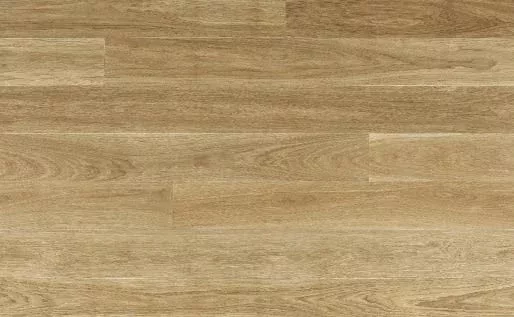Your cart is currently empty!

Choosing the Best Type of Oak Flooring
The allure of oak flooring lies in its timeless beauty and enduring appeal. When considering oak flooring, choosing the right type becomes crucial. In this comprehensive post, we’ll explore the various types of oak flooring, providing insights to help you make an informed decision and select the best fit for your home.
1. Solid Oak Flooring:
- Overview: Solid oak flooring is crafted from a single piece of hardwood, offering authenticity and a traditional aesthetic.
- Advantages: Durable, can be sanded and refinished multiple times, and provides a timeless appearance.
- Considerations: Prone to expansion and contraction with humidity changes, may not be suitable for below-grade installations.
2. Engineered Oak Flooring:
- Overview: Engineered oak consists of a real oak veneer on top of multiple layers of plywood or high-density fiberboard (HDF).
- Advantages: Enhanced stability, suitable for various environments, can be installed over concrete or radiant heating systems.
- Considerations: Limited number of refinishing cycles compared to solid oak.
3. White Oak vs. Red Oak:
- White Oak: Known for its durability, resistance to decay, and a light, neutral color palette.
- Red Oak: Slightly softer than white oak, features a pinkish hue and a prominent grain pattern.
4. Wire-Brushed or Hand-Scraped Finishes:
- Wire-Brushed: Offers a textured surface that masks scratches and wear, providing a rustic appearance.
- Hand-Scraped: Mimics the look of antique, handcrafted floors, adding character and depth.
5. Prefinished vs. Unfinished Oak:
- Prefinished: Factory-finished with coatings like polyurethane or aluminum oxide, offering convenience and durability.
- Unfinished: Allows for on-site customization and finishing, offering more control over the final appearance.
6. Wide Plank vs. Narrow Plank:
- Wide Plank: Provides a more expansive and visually appealing look, suitable for larger spaces.
- Narrow Plank: Creates a traditional and classic appearance, ideal for smaller rooms.
Conclusion: The best type of oak flooring depends on your specific needs, preferences, and the unique characteristics of your space. Whether you prioritize the authenticity of solid oak, the stability of engineered oak, or specific finishes and plank sizes, understanding the nuances of each type empowers you to choose oak flooring that enhances the beauty and functionality of your home.”